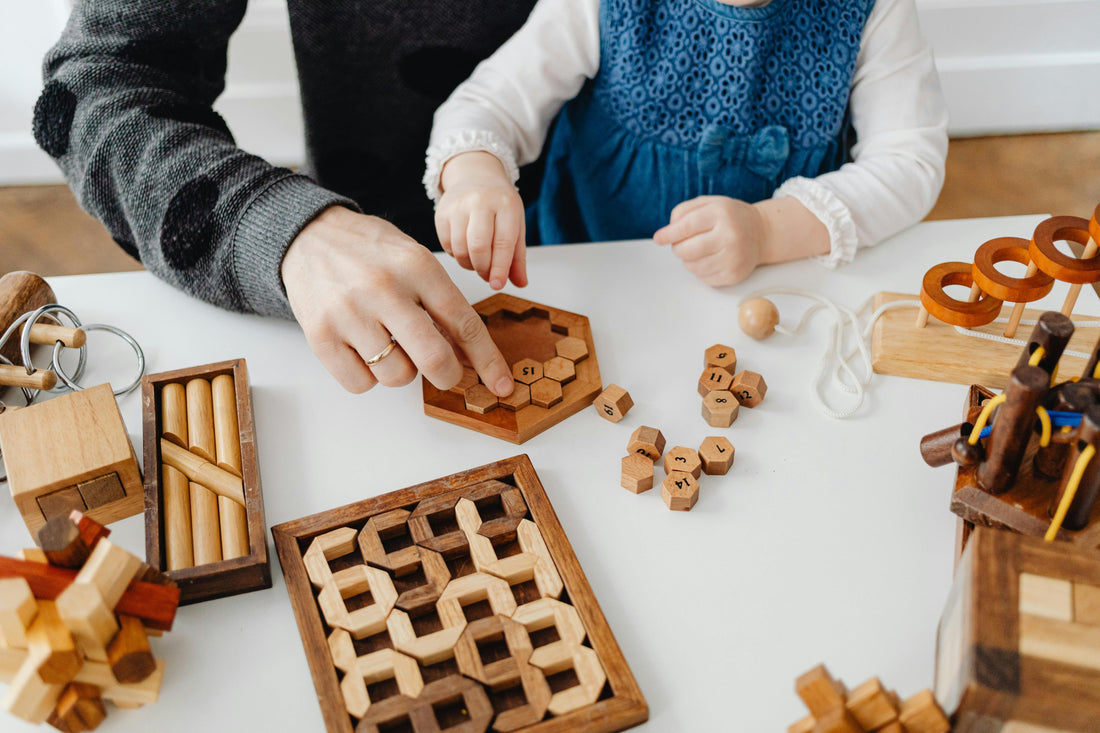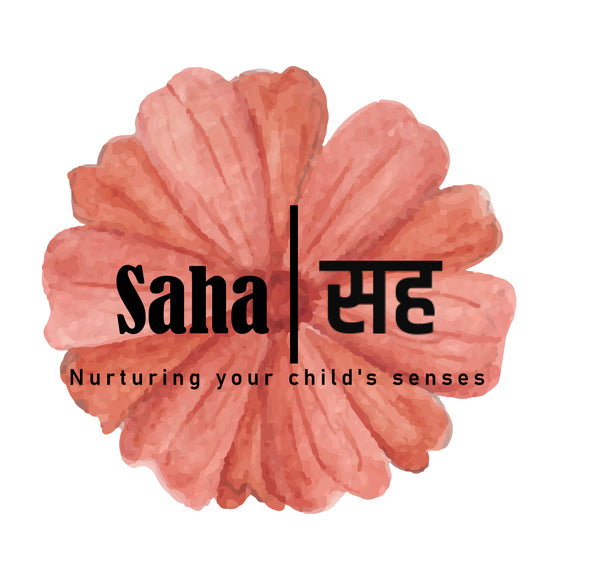
Why toys are important in child development?
Share
Toys have been an integral part of childhood for centuries, transcending cultures and generations. Beyond mere instruments of amusement, toys play a pivotal role in shaping a child's cognitive, physical, social, and emotional development. This article delves into the multifaceted importance of toys, drawing insights from leading sources on the subject.
Cognitive Development: Building Blocks of the Mind
Engaging with toys stimulates a child's curiosity and fosters exploration, laying the foundation for cognitive growth. Toys such as puzzles, building blocks, and shape sorters challenge children to recognize patterns, solve problems, and understand spatial relationships. According to ChildPsych, toys nurture children's cognitive development during the most crucial years, enhancing concentration levels, attention span, and memory. This, in turn, prepares them for academic pursuits by introducing concepts of language and mathematics in an enjoyable manner.
Physical Development: Refining Motor Skills
Toys are instrumental in promoting both fine and gross motor skills. Activities like stacking blocks, threading beads, or manipulating figures enhance fine motor skills by strengthening the small muscles in the hands and fingers. On the other hand, ride-on toys, balls, and jump ropes encourage gross motor development by engaging larger muscle groups, improving coordination, balance, and overall physical fitness. The right toys engage a child's senses and motor skills and plays a key role in introducing early educational concepts, making physical play both fun and beneficial.
Social and Emotional Development: Learning Through Play
Through play, children learn to navigate social interactions, develop empathy, and manage emotions. Toys such as dolls, open-ended figures, and board games provide opportunities for children to role-play, practice sharing, and understand the perspectives of others. Toys play a significant role in promoting social skills and emotional growth, as children learn to communicate effectively, resolve conflicts, and build relationships with their peers.
Creativity and Imagination: Unleashing Potential
Open-ended toys, like art supplies, building sets, and dress-up costumes, encourage children to think creatively and use their imagination. Such play allows children to express themselves, experiment with ideas, and develop innovative thinking skills. Harvard Health underscores the value of toys that require imagination and can be used in multiple ways, noting that they help children playing with them are happier, smarter, and more successful.
Language and Communication Skills: Expressing Thoughts and Feelings
Interactive toys, including storybooks, musical instruments, and conversational games, promote language development by expanding vocabulary and enhancing communication skills. Engaging with these toys encourages children to articulate their thoughts, ask questions, and follow directions, laying the groundwork for effective verbal expression. As noted by Child Development Info, the best toys engage a child's senses, spark their imaginations, and encourage them to interact with others, thereby fostering language skills.
Emotional Comfort and Security: The Soothing Power of Toys
Certain toys, like soft dolls or stuffed animals, provide emotional comfort to children, offering a sense of security during times of stress or change. These comforting toys can help children self-soothe, manage anxiety, and navigate new experiences with greater ease. Cuddling or hugging soft toys can have a calming effect, reducing anxiety and promoting relaxation.
Selecting Appropriate Toys
Choosing the right toys is crucial for maximizing developmental benefits. Parents and caregivers should consider the child's age, interests, and developmental stage when selecting toys. The National Association for the Education of Young Children (NAEYC) advises that toys should be safe, engaging, and suitable for the child's current abilities, while also offering opportunities for growth and learning.
Conclusion
Toys are far more than mere playthings; they are essential tools that contribute significantly to a child's holistic development. By thoughtfully selecting toys that align with a child's developmental needs, parents and caregivers can provide enriching experiences that foster growth, learning, and joy. As we recognize the profound impact of toys, it becomes evident that play is not just a pastime but a fundamental component of childhood development.
References
- Child Development Info. (n.d.). Educational Benefits of Providing Toys to Children. Retrieved from https://childdevelopmentinfo.com/learning/multiple_intelligences/educational-benefits-toys/
- ChildPsych. (n.d.). The Importance of Toys in a Child’s Development. Retrieved from https://www.childpsych.co.za/the-importance-of-toys-in-a-childs-development/
- Harvard Health Publishing. (2016). The 3 Kinds of Toys That Really Help Your Child. Retrieved from https://www.health.harvard.edu/blog/3-kinds-toys-really-help-child-2016121310853
- Hazel & Fawn. (n.d.). The Role of Toys in Early Childhood Development. Retrieved from https://hazelandfawn.com/blogs/blog/the-role-of-toys-in-early-childhood-development
- National Association for the Education of Young Children (NAEYC). (n.d.). Why This Toy?. Retrieved from https://www.naeyc.org/our-work/families/why-this-toy
- Speech Blubs. (n.d.). Why Toys are Important for Child Development. Retrieved from https://speechblubs.com/blog/toys-for-child-development/
- U Me and the Kids. (n.d.). The Importance of Toys in Child Development. Retrieved from https://umeandthekids.com/the-importance-of-toys-in-child-development/
